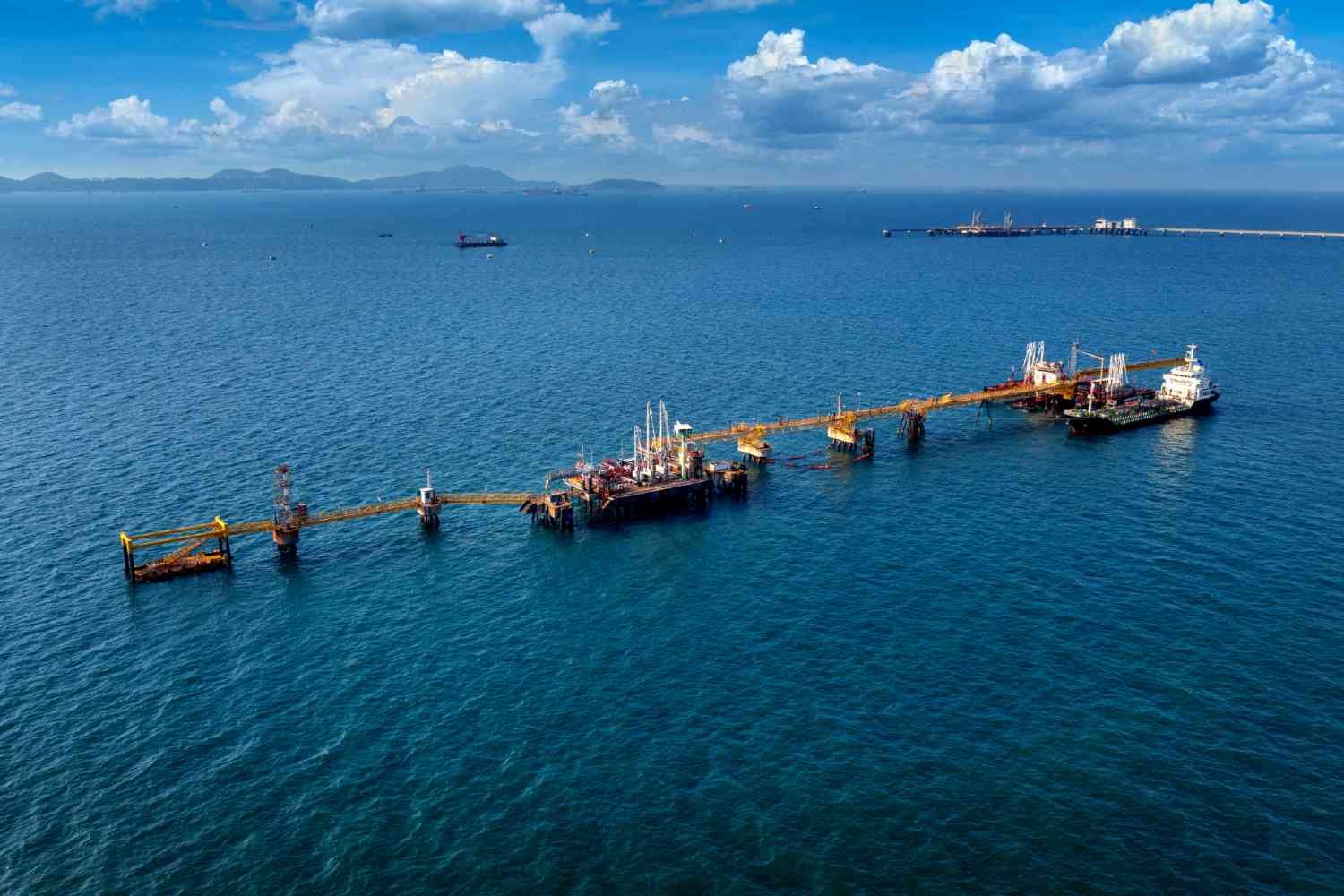The Angolan economy is expected to grow between 1% and 1.5% in 2023, penalized by the oil sector’s performance, which is expected to fall by more than 6 percent, estimates the economic studies office of Banco Fomento Angola (BFA).
For 2023, the non-oil economy should grow similarly to 2022, between 3.8% and 4.3%, while the oil economy should register a significant drop between 6.1% and 6.6%, highlighting BFA in a report to which Lusa had access.
“Thus the economy as a whole should grow between 1 and 1.5%” in 2023, according to the study office’s forecasts, which are more pessimistic than those of the Angolan government (3.3%), the World Bank (2.6%) and the International Monetary Fund (3.5%).

BFA also highlights the contraction of 5% in the oil economy in the fourth quarter of 2021, interrupting a sequence of three consecutive quarters of growth.
The performance of the non-oil economy, on the other hand, was quite positive (5.2% quarter-on-quarter and 4.4% year-on-year) as all sectors grew.
“Looking at 2022 as a whole, the Angolan economy still shows a general level of activity that is 1.6% below 2019, a change before the pandemic,” indicates the BFA note sent to Lusa.
However, the non-oil economy shows “relevant growth” even compared to this period staying 5.4% above the levels of 2019, it noted.
Contributing to the increase in non-oil activity were mainly trade, construction, transport, and agriculture sectors.
The diamonds and minerals sector hardly contributed to the evolution of economic activity in the fourth quarter of 2022, highlighting the “quite volatile behavior” in the last six quarters. Still, BFA analysts estimate it should grow more in the first quarter of 2023.
On the other hand, the oil sector interrupted the growth cycle of the last three quarters and contracted 5% due to the decline in production and the shutdown for maintenance of the Dália oil field in Block 17, the largest in Angola.
Given the drop in production and considering that no new major investment projects are planned this year, BFA anticipates a return to declines of around 6 to 8% in 2023, with the drop in export revenues signaling future pressure on the foreign exchange market.
“For now, data from OPEC (Organization of the Petroleum Exporting Countries) show that in the first quarter of 2023, oil production stood at around 1.07 million barrels per day (mbd), a homologous contraction of 7.2%.”
“On the other hand, data from oil exports indicate a year-on-year drop of 6.6%.”
“In other words, the oil GDP may have fallen similarly in the first quarter of 2023,” the fact sheet states.
On the other hand, non-oil economic activity should continue to grow in 2023, and inflation should maintain its decelerating path, estimated to fluctuate around 0.8-0.9% in the coming months.
Year-on-year inflation should come down gradually to a low of around 10% somewhere in the middle of the year, supporting “further monetary policy easing” and lower interest rates.
The document indicates that economic activity should accelerate again to an average pace of around 3-5% between 2024-2025.
With information from Lusa

